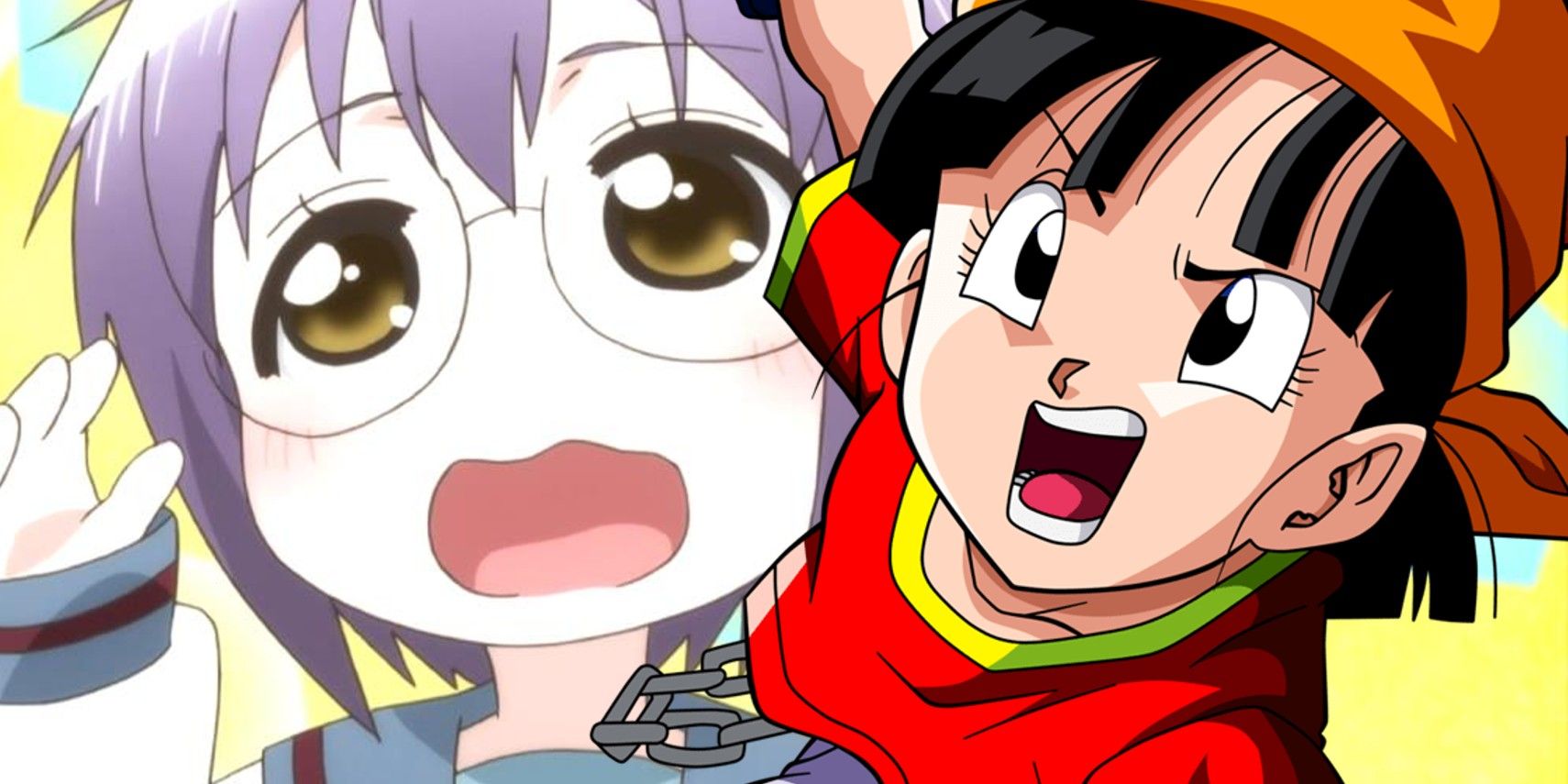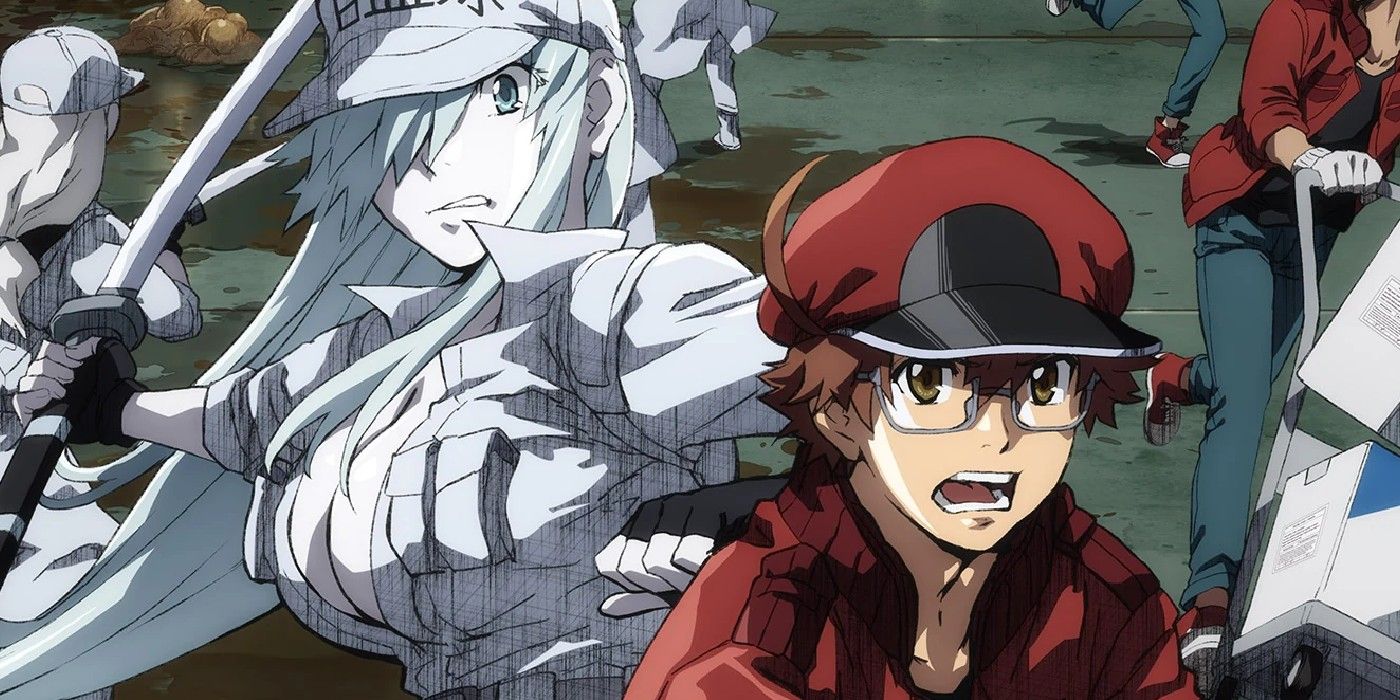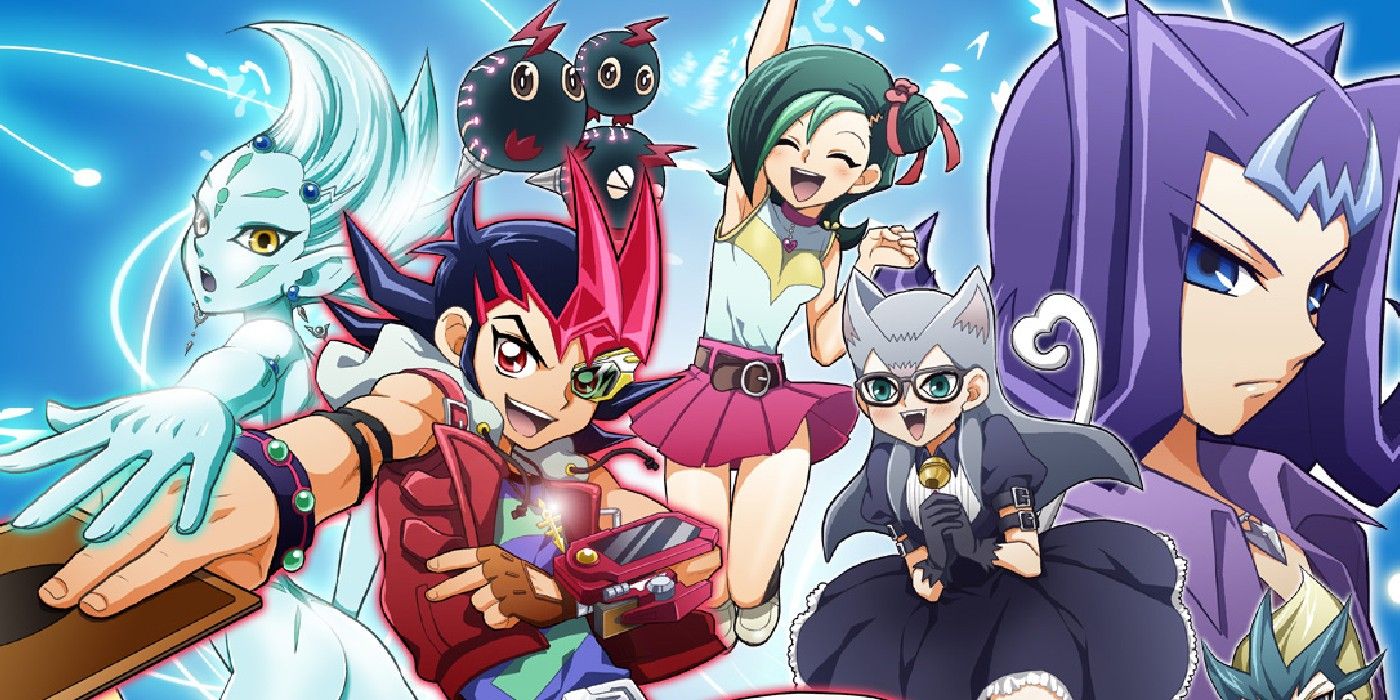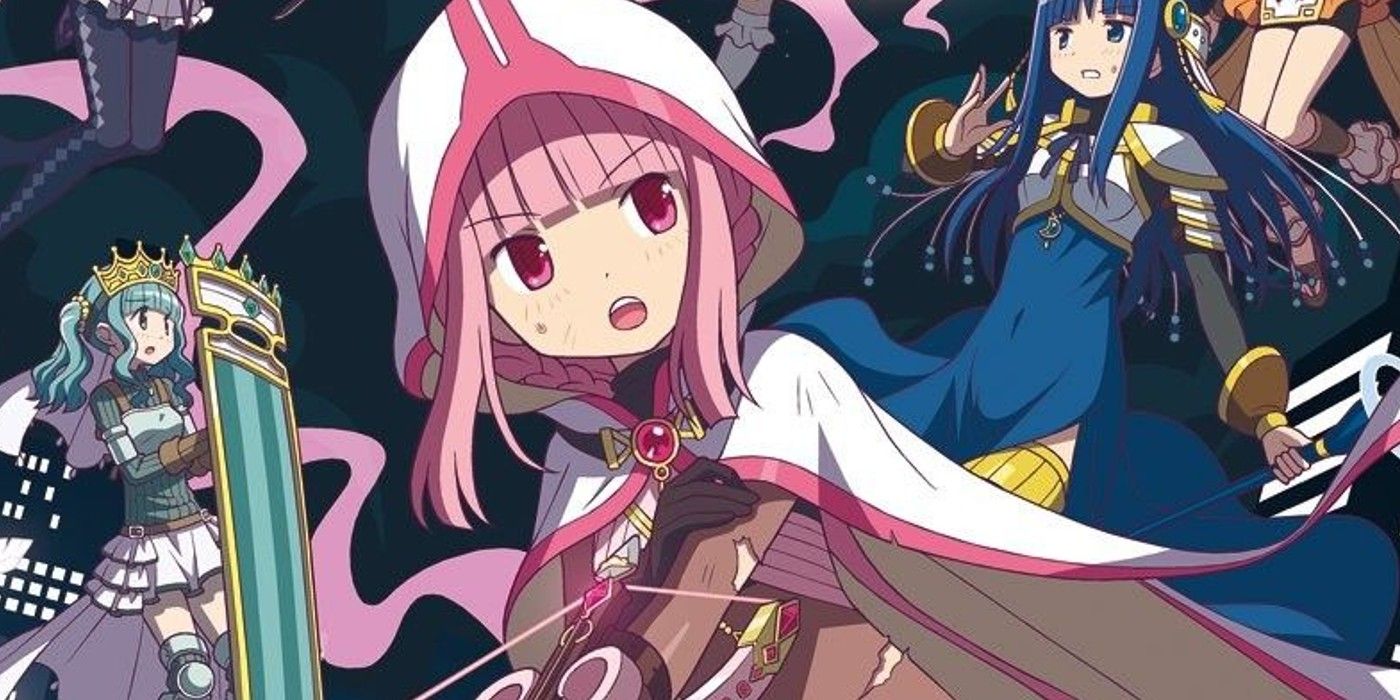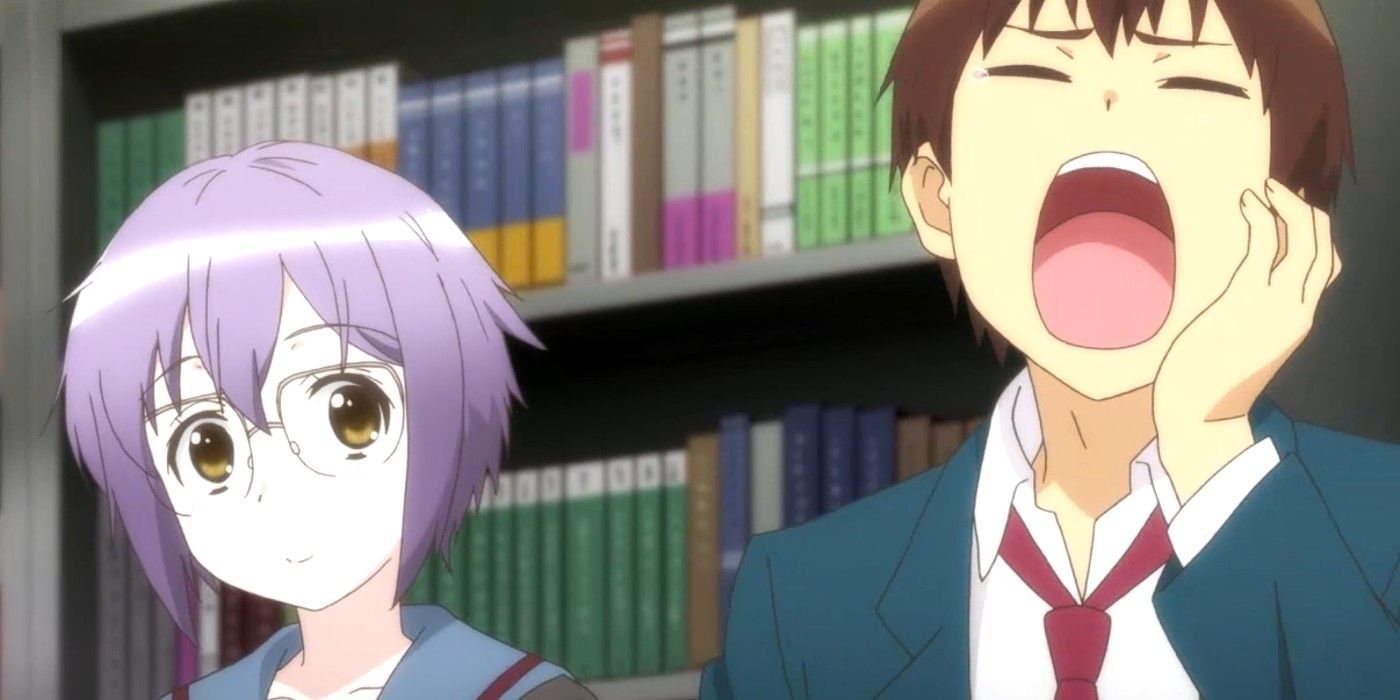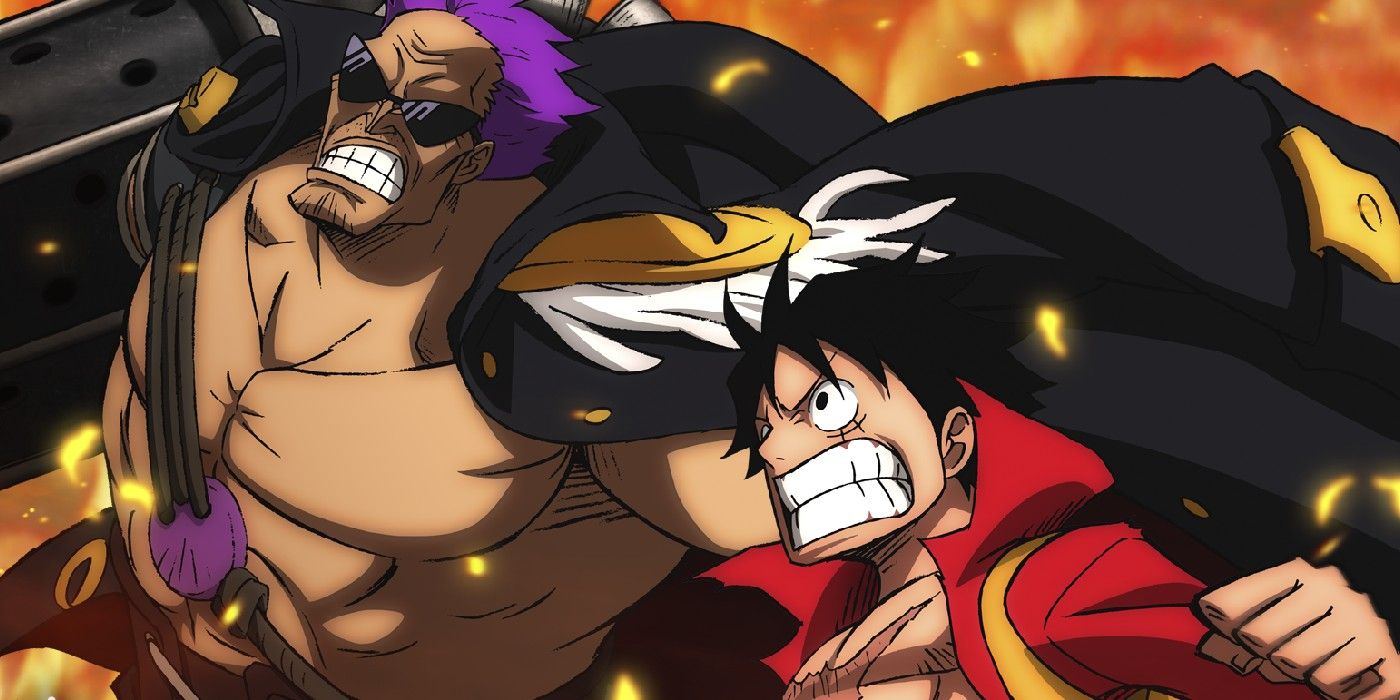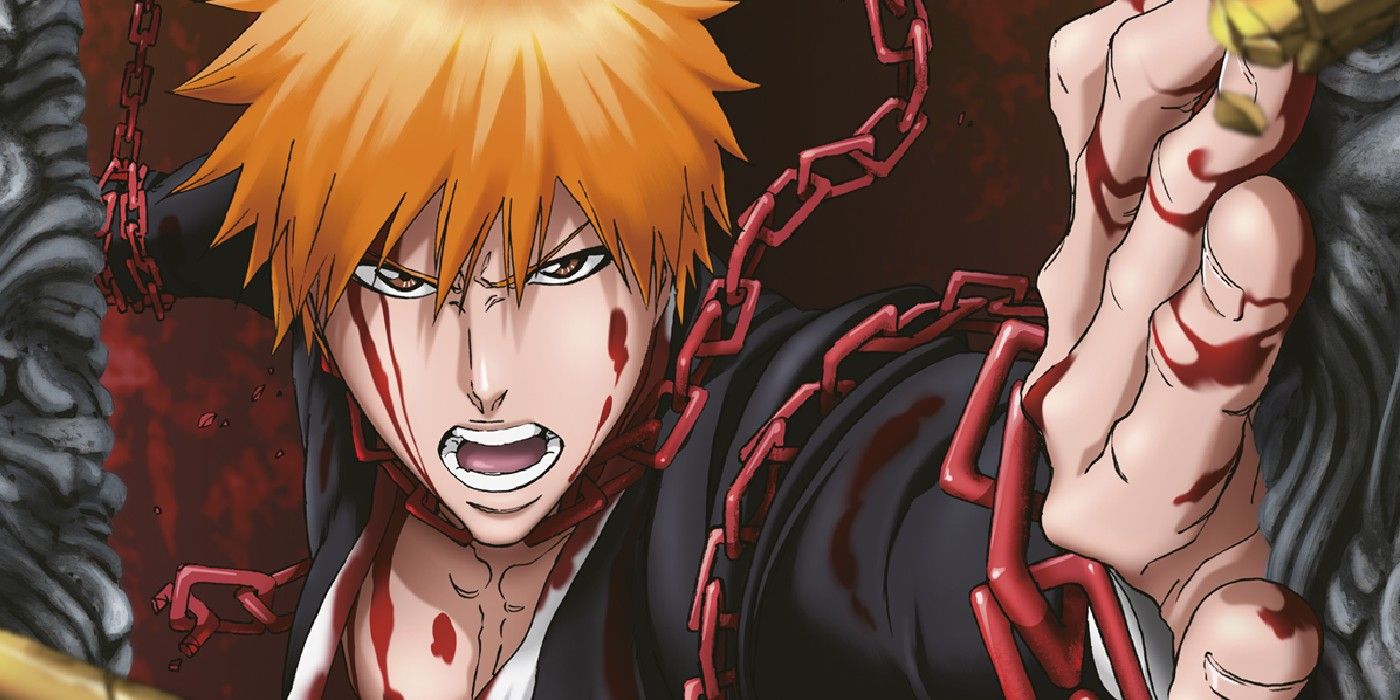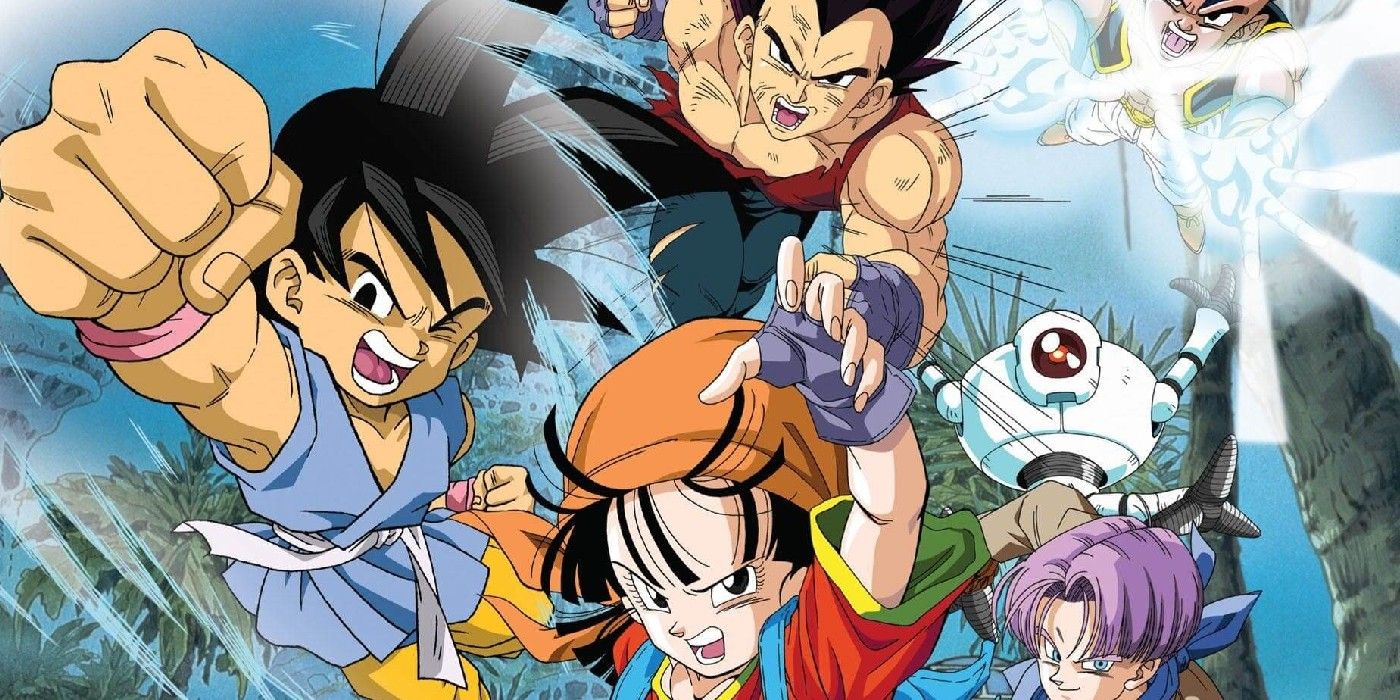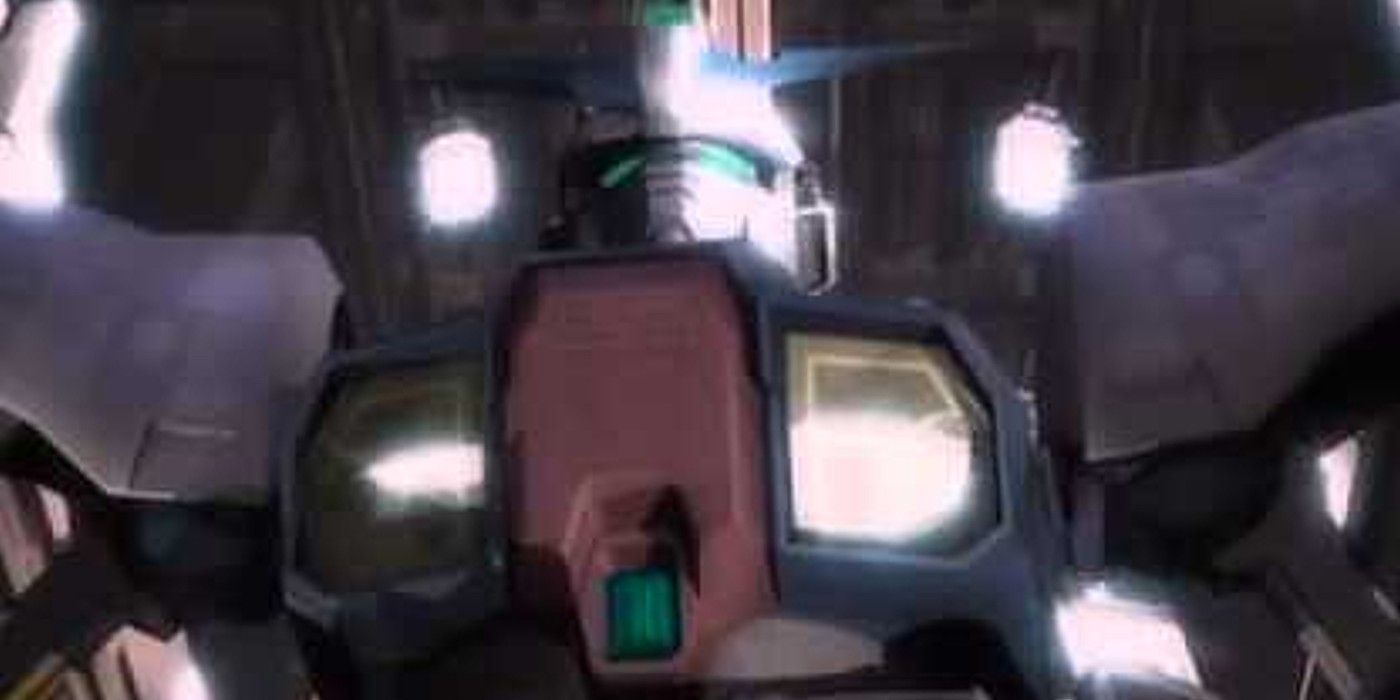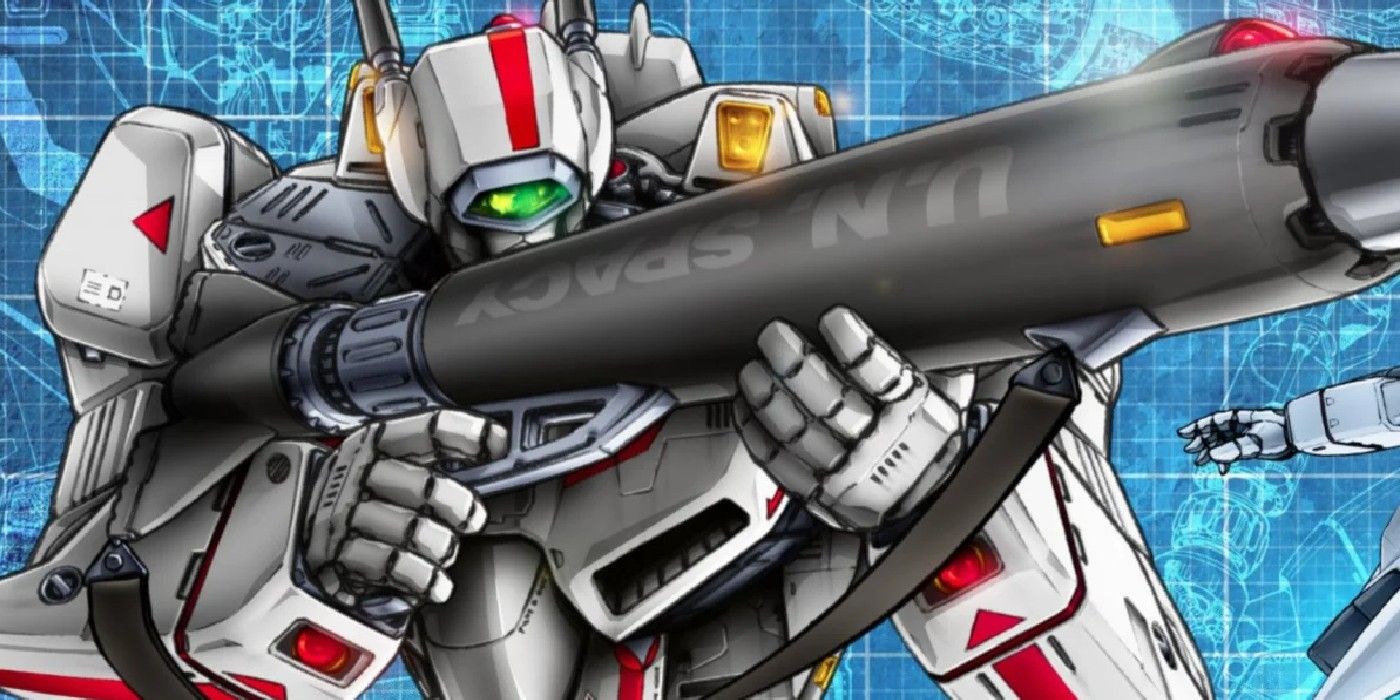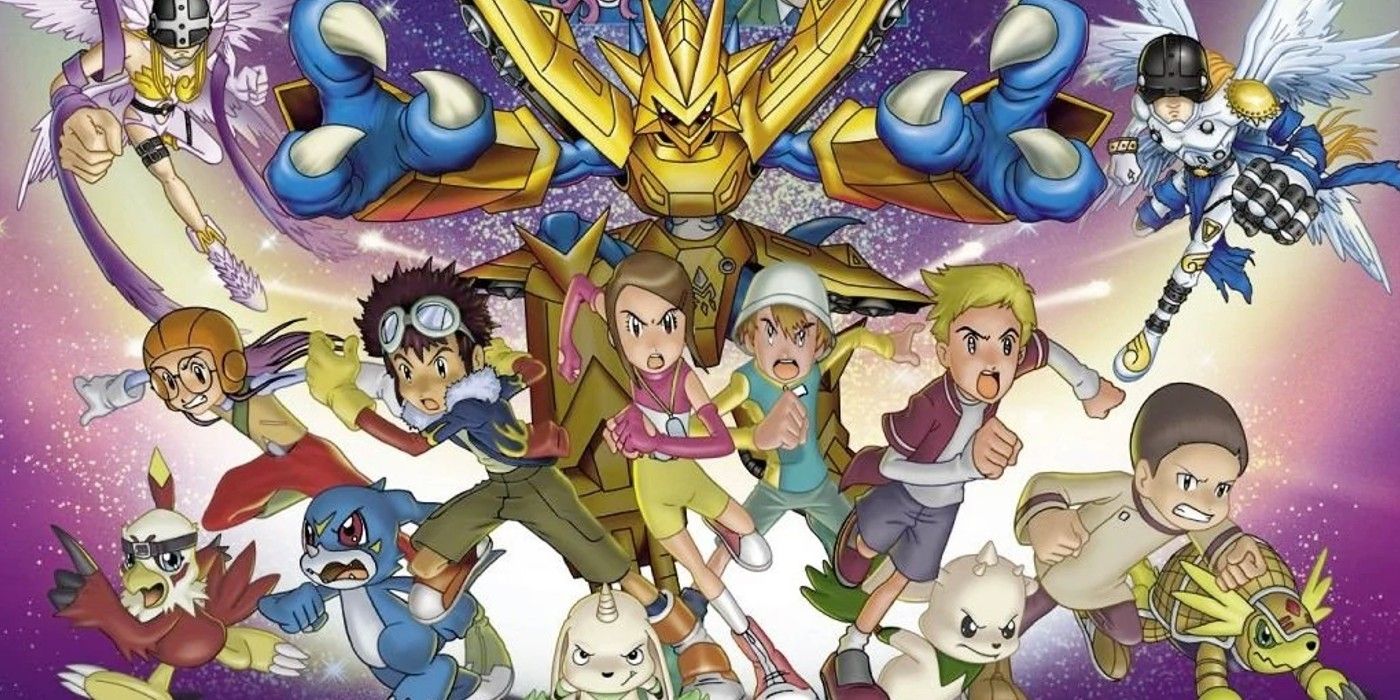The more popular an anime is, the more inevitable the chances of it branching out into a spin-off series or two become. Normally, these spin-offs are canon prequels or side stories starring a supporting character, but that isn't always the case.
Whether it's a series or a movie, these anime spin-offs are technically separate from the main storylines. Basically, they only exist to either give fans more adventures featuring their favorite characters or to show a familiar world in a new light.
WARNING: Spoilers ahead.
10 Cells At Work! Code Black Had Nothing To Do With The Original Body
In brief, Code Black is the seinen reimagination of the educational Cells At Work!. Instead of being a work comedy in a healthy body, Code Black was a survival horror story trapped in a terribly diseased body. Beyond the base idea of anthropomorphized cells and biology lessons, though, the anime was completely separate from the original.
The focal Red Blood Cell and White Blood Cell were new characters whose dynamics and motivations differed greatly from their happier counterparts, and they never acknowledged the previous series' cast or events. This lack of connection defines the Cells At Work! spin-offs, which simply took the core premise and did wildly different things with it.
9 Yu-Gi-Oh! ZEXAL Onwards Took Place In New Realities
Because they all centered on children's card games, it's been assumed that all of the Yu-Gi-Oh! anime took place in the same reality. This is only true for three of the franchise's (currently) seven series, namely the original Duel Monsters, its legacy sequel GX, and the spin-off 5D's that were bridged through the time-travel movie Bonds Beyond Time.
Meanwhile, ZEXAL, ARC-V, VRAINS, and SEVENS were set in their own trading card-centric dimensions, where only the most superficial homages and references to the original shows were made. Even with new duelists and increasingly high-tech card game paraphernalia, these spin-offs still retained their predecessors' fun and goofy gaming spirit.
8 Magia Record May Or May Not Be Part Of Madoka's Multiverse
In more ways than one, Magia Record was a Puella Magia Madoka Magica spin-off, since it wasn't based on the mainline anime, but its mobile game offshoot. Just like the game, the anime starred a new group of magical girls who fought Rumors rather than Witches. Meanwhile, the original cast appeared but only in supporting roles.
As its full title (Magia Record: Puella Magi Madoka Magica Side Story) implied, Magia Record is a spin-off. Because of the original cast's different characterizations, powers, and fates, it's hard to pinpoint when exactly Iroha Tamaki's story occurred, if at all. As a solution, fans chalked it as an alternate reality within a hypothetical Madoka multiverse.
7 The Disappearance Of Nagato Yuki-Chan Was The Normal Version Of Haruhi's World
While Nagato Yuki-Chan starred the anime's original characters and was based on the peacefully dull alternate reality from The Disappearance Of Haruhi Suzumiya, it's a non-canon and cutesy slice-of-life remake of The Melancholy Of Haruhi Suzumiya. The biggest divergence was, of course, Yuki being the protagonist and the lack of an SOS Brigade.
Here, Yuki was a shy bookworm, not an emotionless alien tied to the Data Integration Thought Entity. Instead of Haruhi's subconscious godhood, the anime focused on Yuki breaking out of her shell and confessing her love to her crush, Kyon. Beyond some inside jokes and references, Nagato Yuki-Chan was disconnected from canon.
6 One Piece Film: Z Accidentally Broke The Worldbuilding
One Piece has a generally loose canon, which allowed it to have a flexible chronology. This is why, even if they're spin-offs with no printed counterparts, the movies fit neatly into the Straw Hats' adventures on the high seas. The one exception is One Piece Film: Z, which mangaka Eiichiro Oda officially declared to be non-canon.
Despite being directly involved with Z's writing and even liking some of its new ideas and characters, Oda considered the twelfth One Piece non-canon due to how it contradicted the post-time skip landscape and power scales. Even with its status as a spin-off, Z remains one of the most popular movies to star Monkey D. Luffy and friends.
5 Bleach's Movies Were Feature-Length Filler Episodes
Like many major anime franchises from the 2000s, the poorly paced Bleach's movies are regarded by its creators and fans as spin-offs that don't affect or alter the canon in any substantial way. All four of Ichigo Kurosaki's movies were one-shot stories with little connection to the main story, nor did they have much involvement from mangaka Tite Kubo.
At best, they were cinematic filler episodes, but at worst, Kubo barred them from canon. This was the fate of the fourth movie, Hell Verse, which Kubo angrily distanced himself from after the studio reportedly rejected his ideas and suggestions. That said, this didn't stop certain ideas from the movies influencing the canon, such as Hell's depiction.
4 Dragon Ball GT & Most Dragon Ball Z Movies Were Retconned Into Alternate Timelines
Given its vast story and immense popularity, it's not surprising that Dragon Ball Z has a ton of spin-offs, especially in the form of movies. That said, only a select few of these offshoots are actually canon. One such exception was Dragon Ball Z: Bardock - The Father Of Goku, which mangaka Akira Toriyama loved so much that he canonized it in the manga.
Movies like Cooler's Revenge or The Broly Trilogy, meanwhile, were regarded as alternate timelines. This was also the case for Dragon Ball GT, the anime-original grand finale for Son Goku's heroic adventures. Unfortunately, GT was received so poorly that, not only did Toriyama basically write it out of existence, but its purpose as a sequel series was supplanted by Dragon Ball Super.
3 G-Saviour Was (Unofficially) Ignored By Both Mobile Suit Gundam Universes
In Mobile Suit Gundam, almost everything is considered to be canon. Simply put, anything that doesn't have to do with the generations-long war between the Earth Federation and the Principality of Zeon was classified under the Alternate Century. But then there's G-Saviour, the live-action Gundam TV movie that everybody refuses to acknowledge.
Even though it's set in the Universal Century, G-Saviour is more of a spin-off due to how little it had to do with canon. While it's still technically canon, both Sunrise and fans act like it never existed. For the longest time, G-Saviour was ignored by every Gundam celebration or event, until the eponymous Mobile Suit suddenly cameoed in Gundam Build Fighters.
2 Robotech Was The Unofficial Crossover Of Three Different Mecha Anime
Whether or not audiences realized it, Robotech was technically Americans' introduction to the iconic Super Dimension Fortress Macross plus two obscure mecha anime, Genesis Climber MOSPEADA and Super Dimension Cavalry Southern Cross. Thing is, all three shows were squashed into one polarizing entity called Robotech.
Reportedly, Harmony Gold producer Carl Macek wanted to show Macross to American viewers, but it didn't make the 65-episode count needed for syndication. His solution was to pad it out by jamming in scenes from MOSPEADA and Southern Cross, resulting in a borderline-incomprehensible crossover that was disowned by Macross' creators. Against all odds, Robotech became a cult hit that endures even to this day.
1 Digimon: The Movie Was The Series' Unofficial Americanized Remake
Outside of Warriors Of The Wind (or a butchered Nausicaa Of The Valley Of The Wind), there's no American rerelease of an anime movie as infamous as Digimon: The Movie. The movie was really three different Digimon specials haphazardly spliced into one, with an Angela Anaconda short serving as their connective tissue.
Because it told a new stand-alone story that ignored the canon, Digimon: The Movie has been charitably considered to be a spin-off. Despite the movie's backlash, the Digimon franchise went on to be a childhood classic, while the three specials were rereleased in their original states. Meanwhile, the movie itself has been lost to time.

